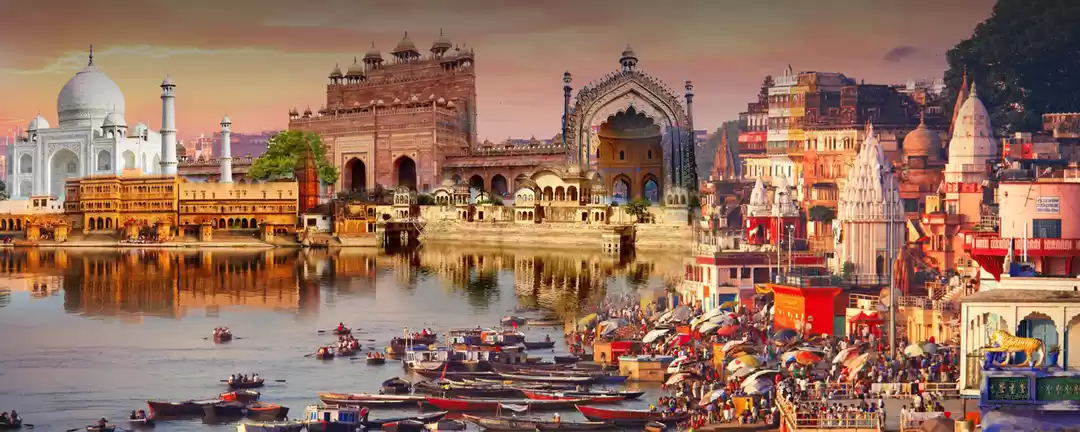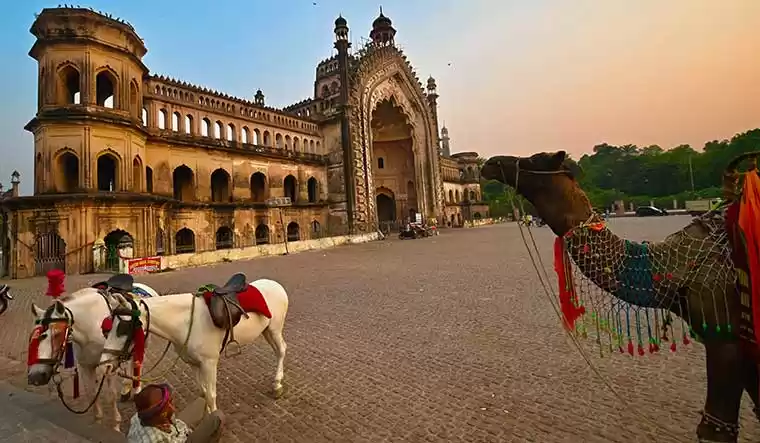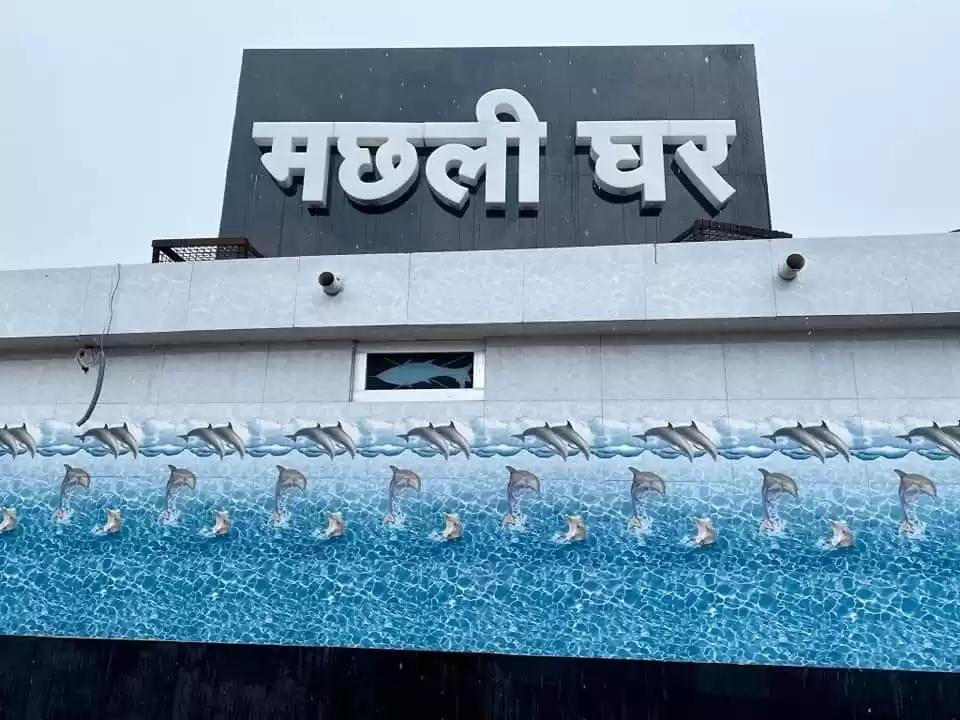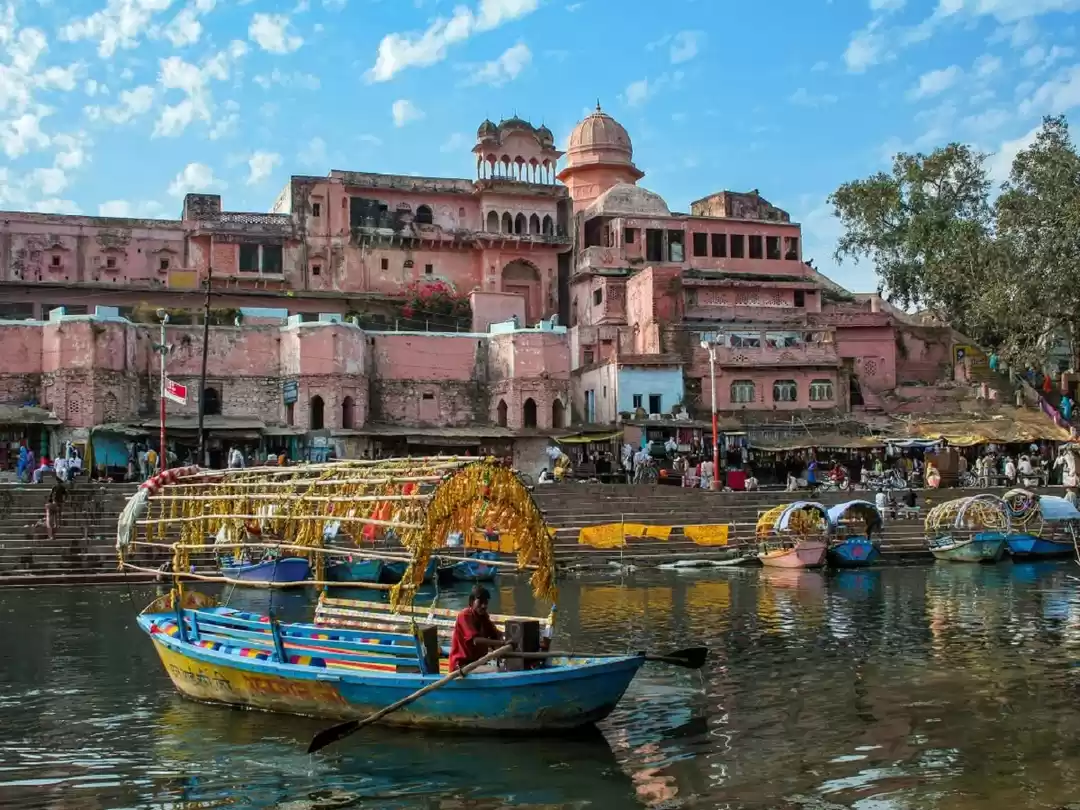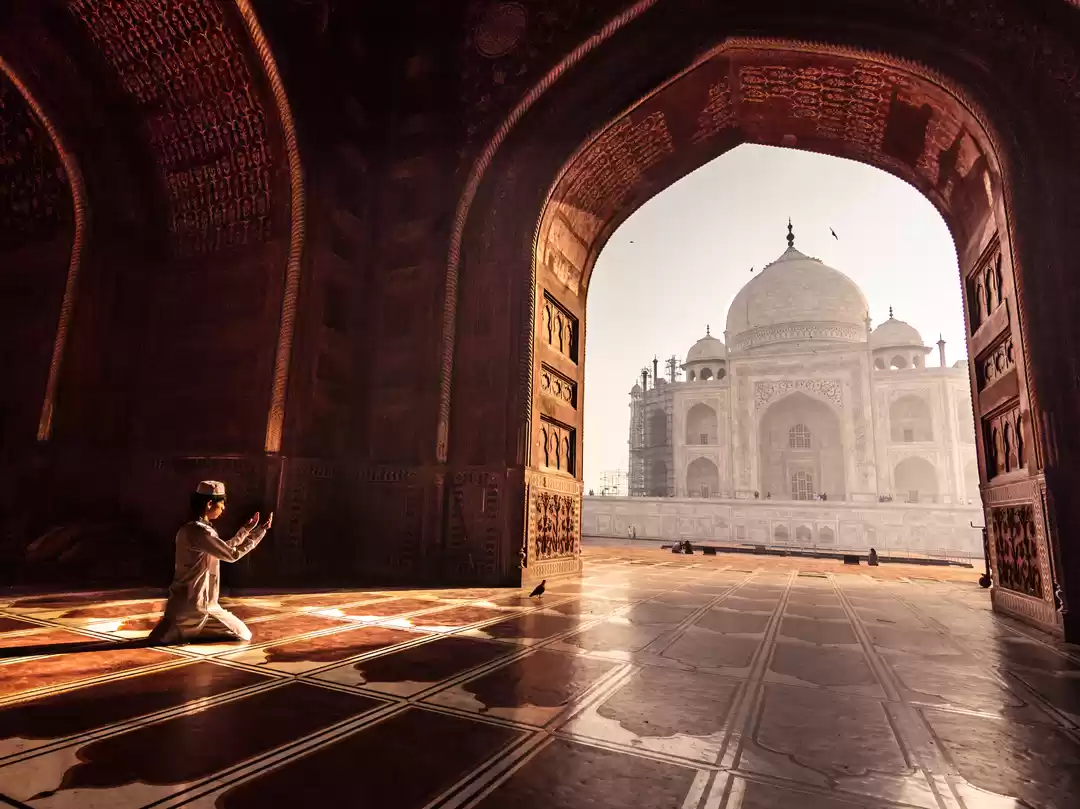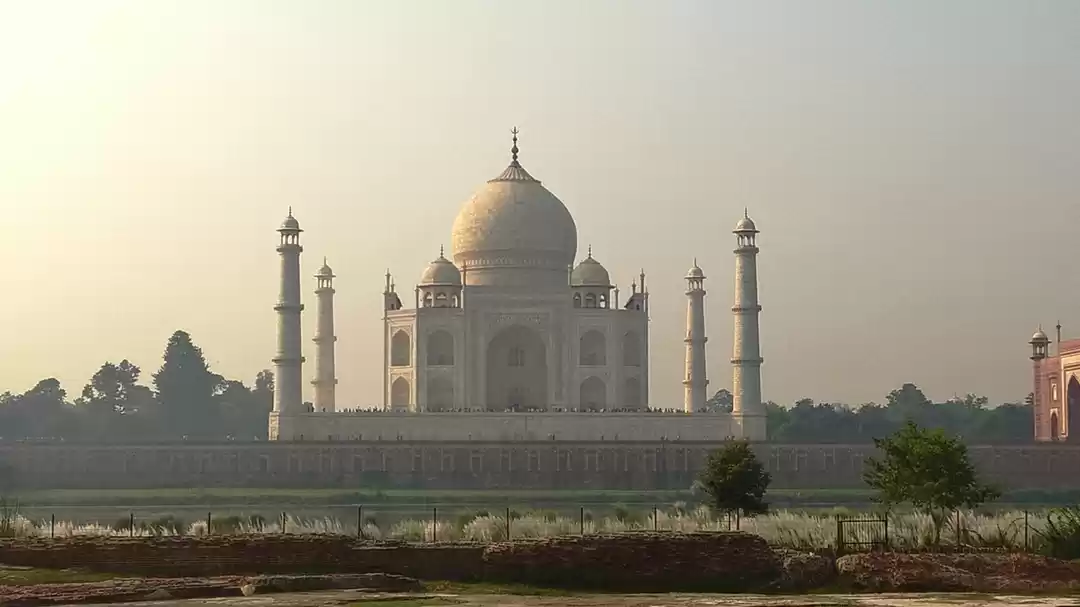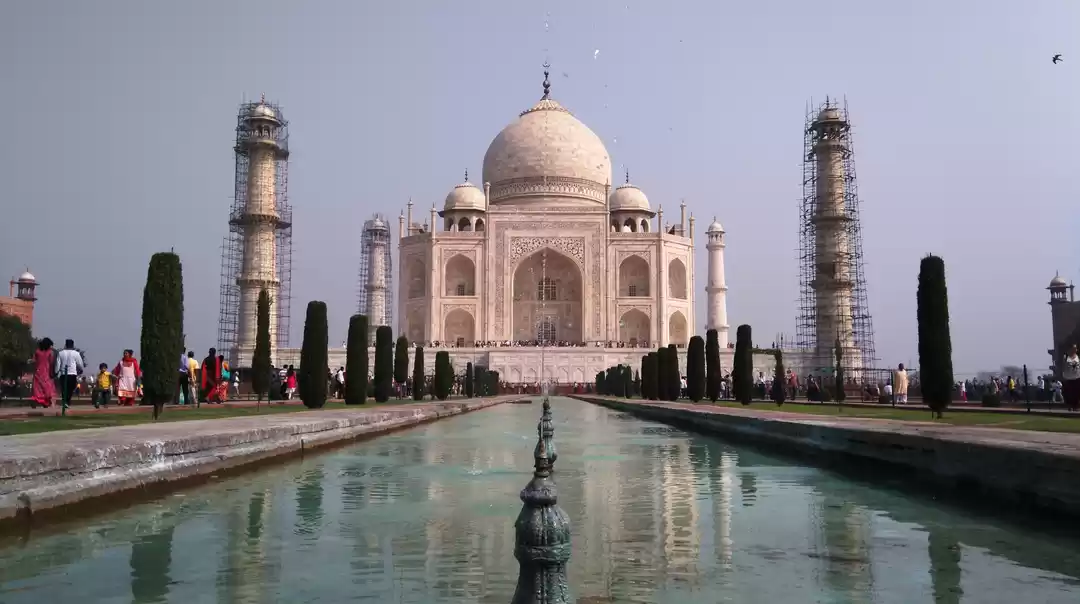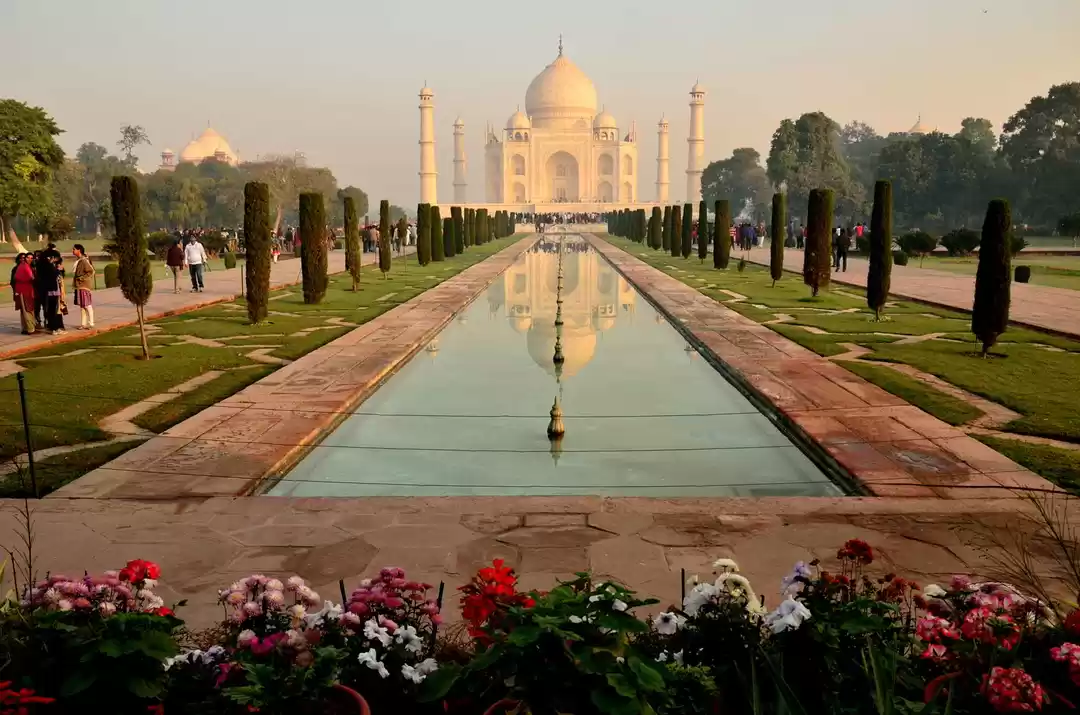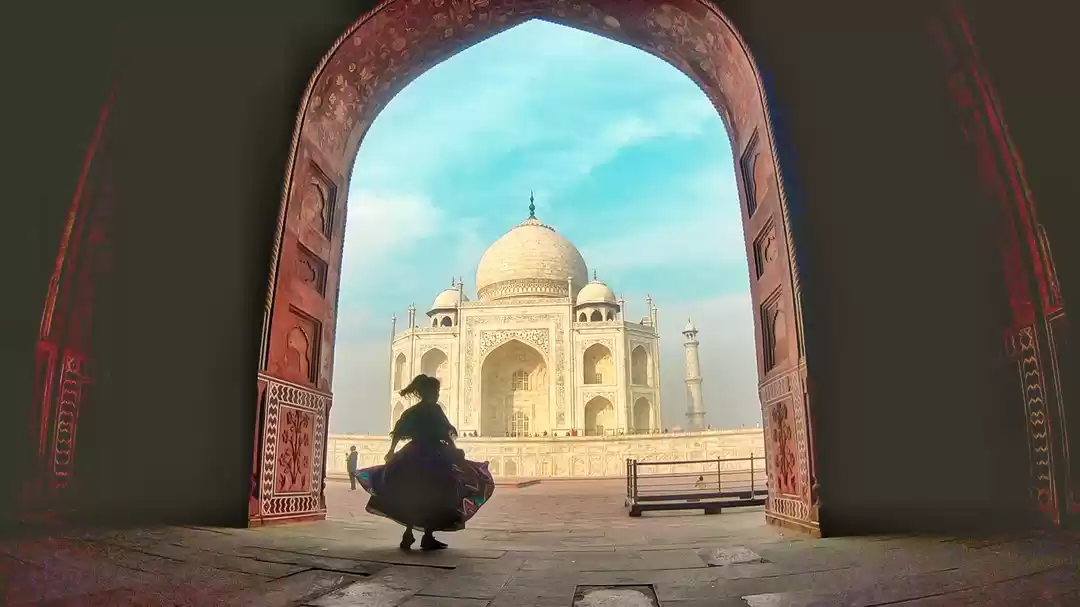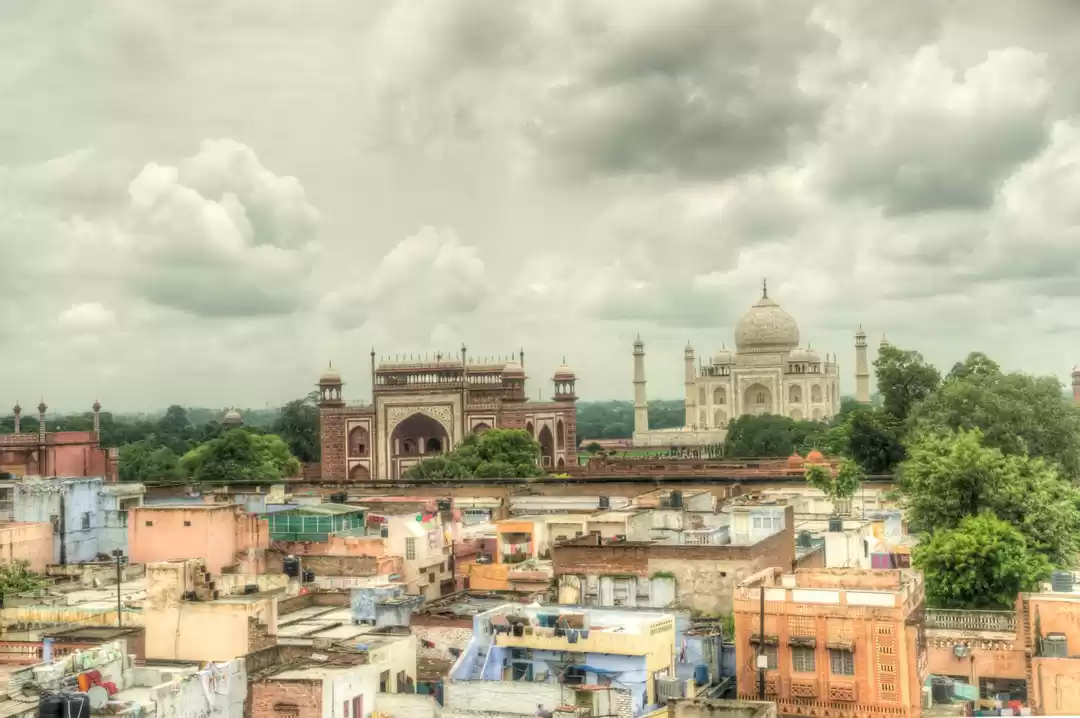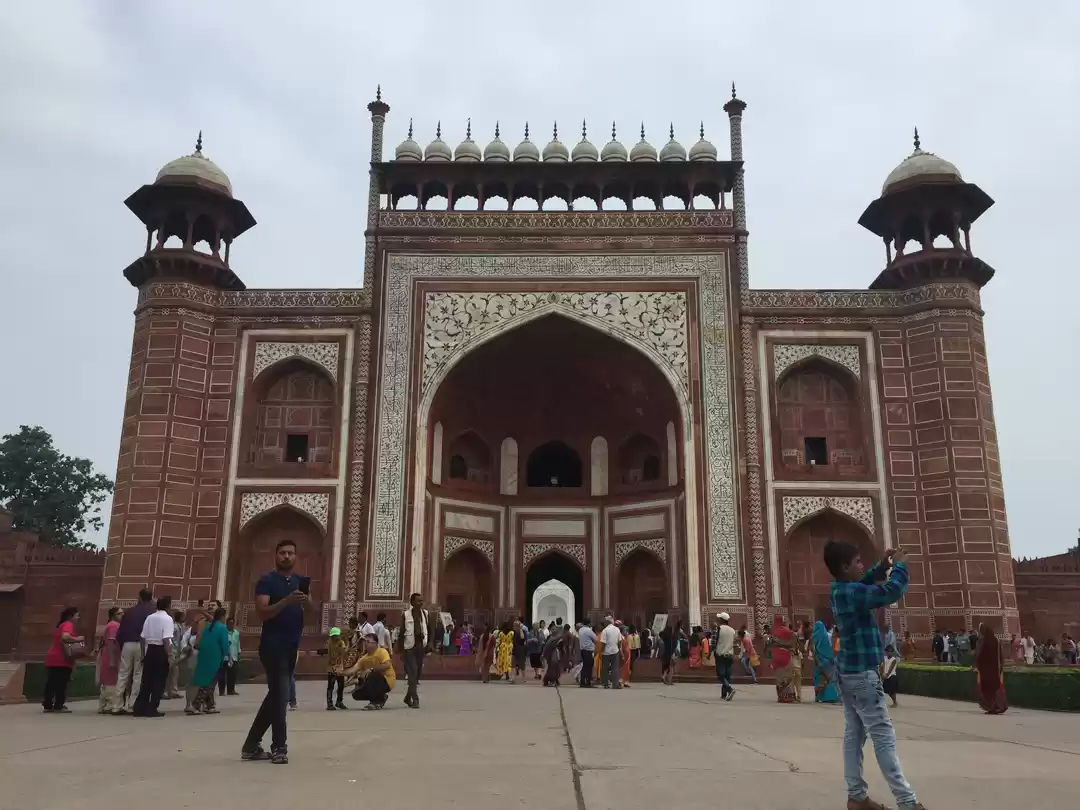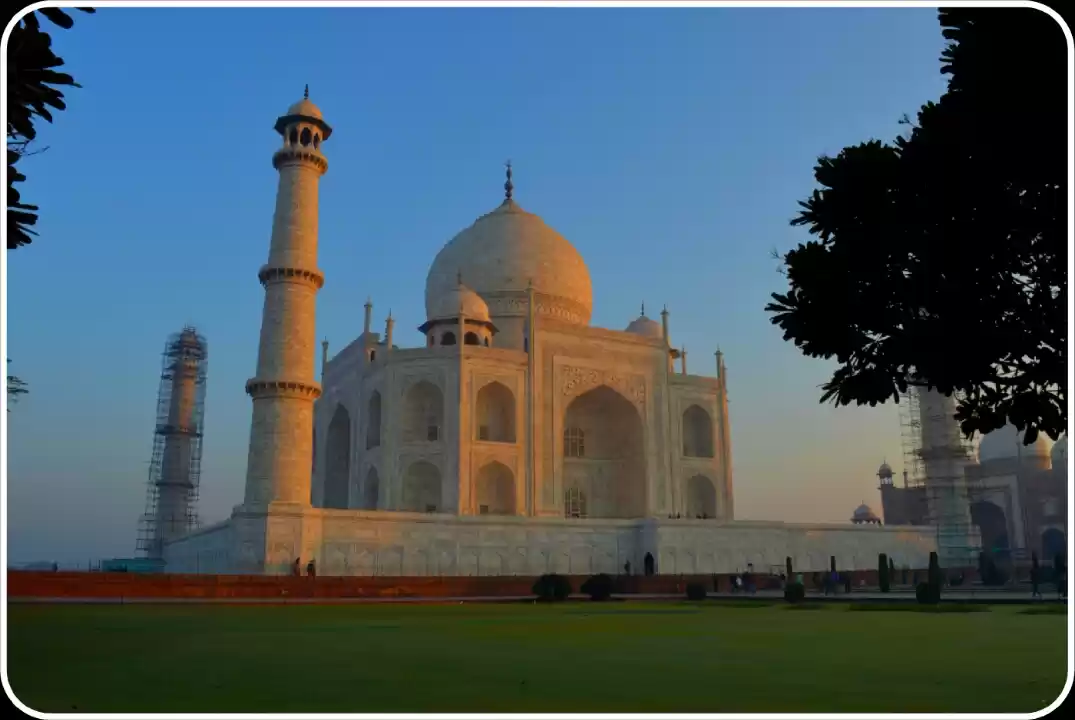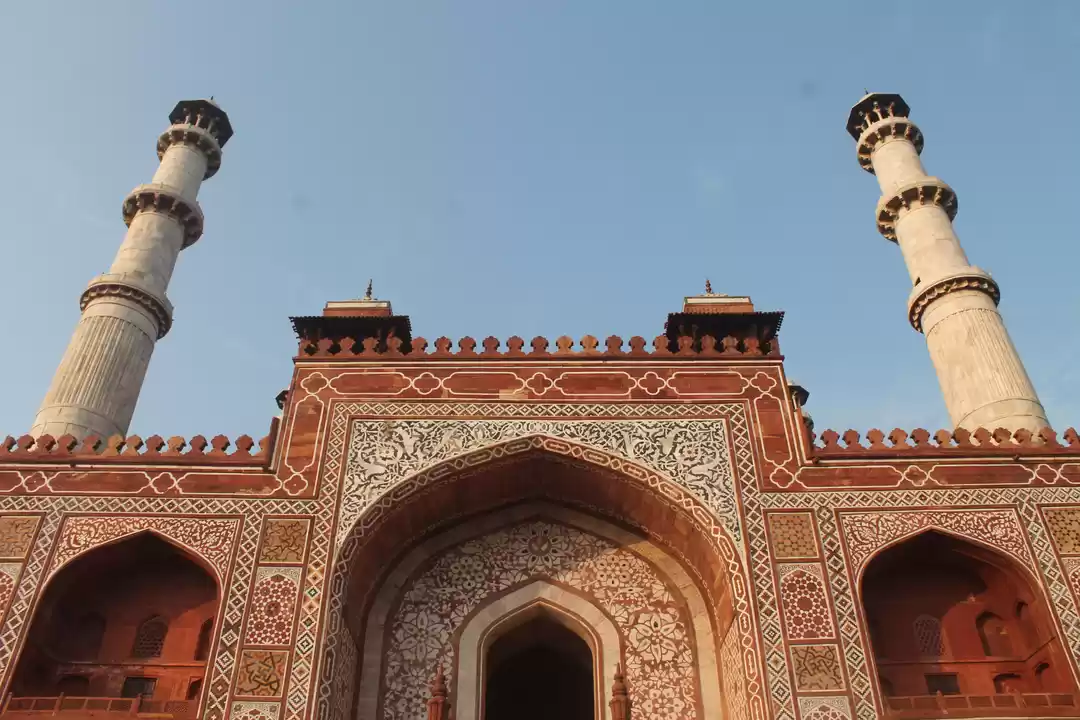
The Indian monsoon season has just begun this year, and it is already showering many states with relentless rainfall. The cravings for chai, maggi, or pakoras remain constant and everyone yearns for a pleasant walk in the rains, where no car splashes puddle water on our clothes, and the possibility of permanent work-from-home during the monsoons sounds like a dream!
However, let's put aside the daydreams and romanticizing, as Indian monsoons are no joke, especially this year!
Yamuna river level rises up above low flood levels in Agra:

The Yamuna River in Agra has surged to 495.8 feet, surpassing the 'low flood level,' and unfortunately, it has reached the walls of the iconic Taj Mahal on Monday, a sight unseen in 45 years.
The rising waters of the Yamuna have even submerged the garden located behind the Taj Mahal, a rare event that last occurred during the floods of 1978.
Prince Vajpayee, an assistant at the Archaeological Survey of India (ASI), attributes the Taj Mahal's resilience to its meticulous construction. This magnificent monument was crafted with immense love and attention to detail. Its creators envisioned it to withstand various challenges, including the threat of flooding. Positioned strategically, the Taj Mahal's main structure is designed to remain safeguarded from water intrusion, even during high floods.
A hope to keep the water outside:

The positive development is that authorities have erected barricades along the river ghats, stretching from Kailash Temple in Sikandra to the Dusshera Ghat near the Taj Mahal, in order to prevent flooding. This proactive measure aims to safeguard the area and minimize the risk of flood-related incidents.
Indeed, Mother Nature has unique ways of communicating with humans, reminding us to be more mindful and responsible towards our environment. If you have any methods or practices through which you contribute to maintaining a clean environment, feel free to share them in the comments section below!
Read more: Tourists Have Littered Haridwar With 30,000-tonne Garbage During The Kanwar Yatra!
Think we missed out on something? Tell us about it in the comments below. Or write about it here on Tripoto and earn Tripoto Credits!







